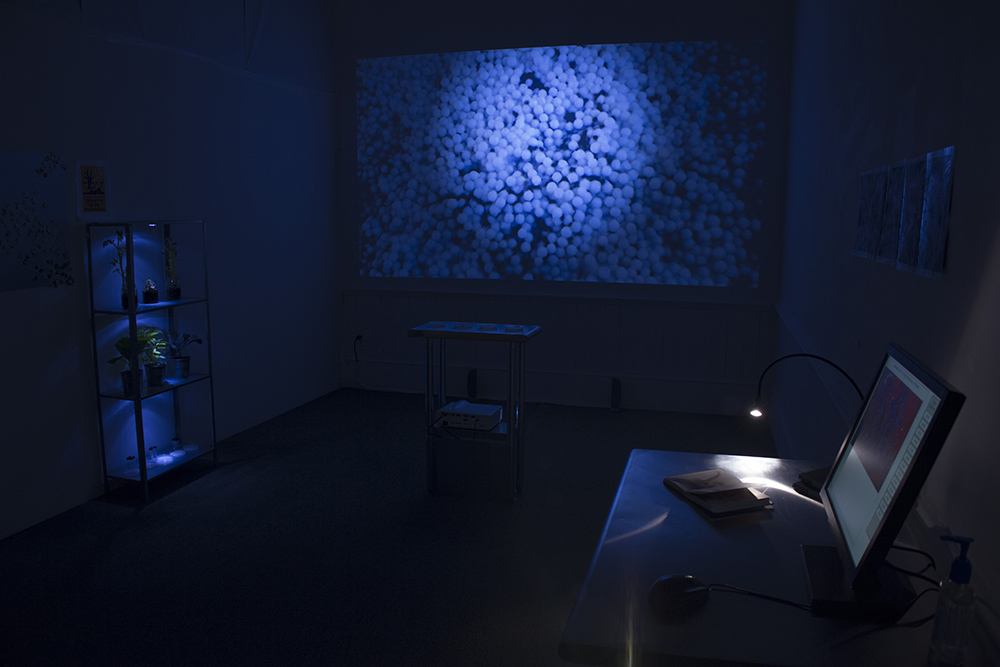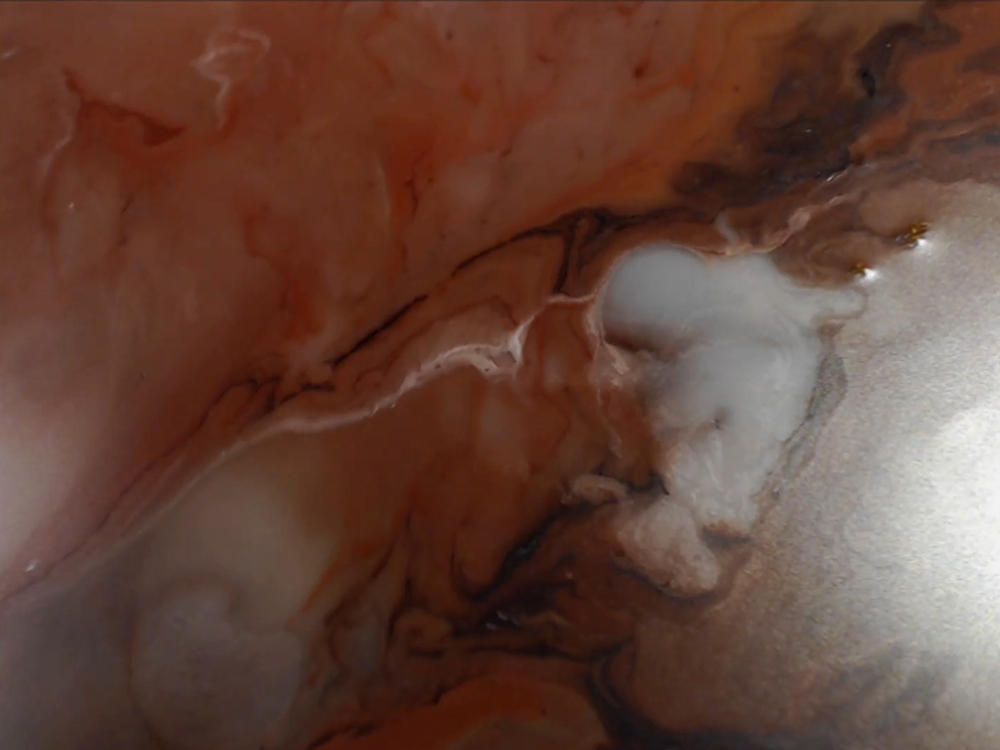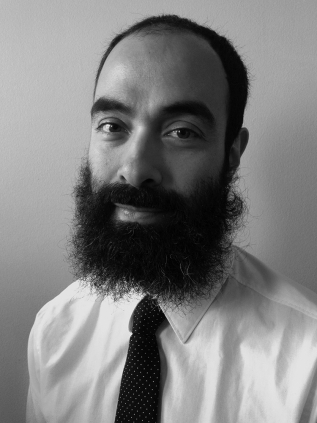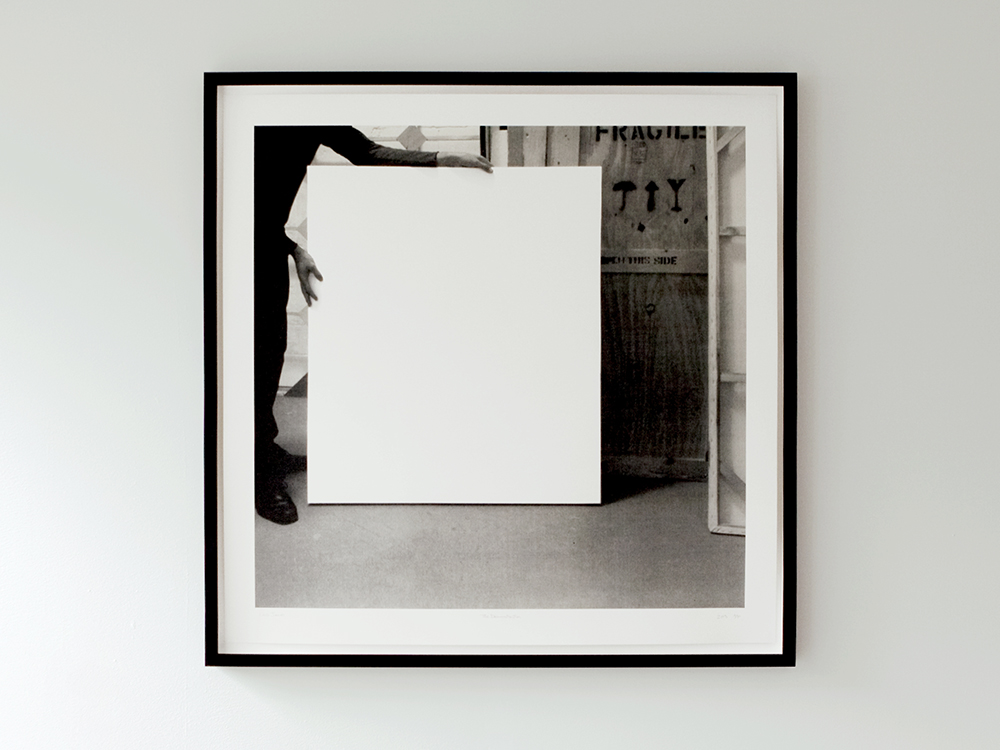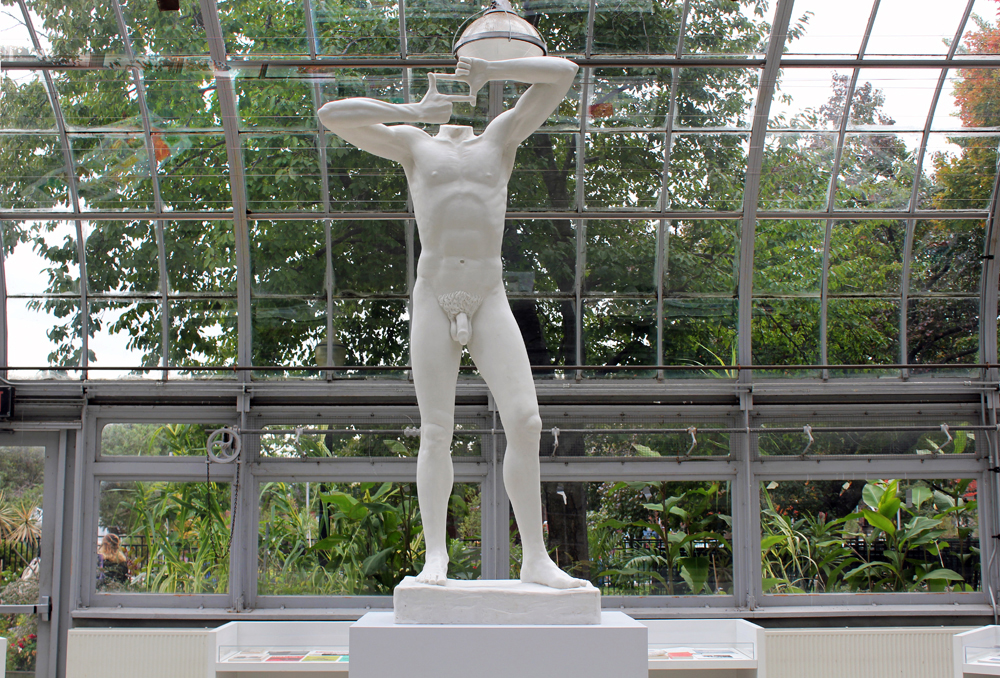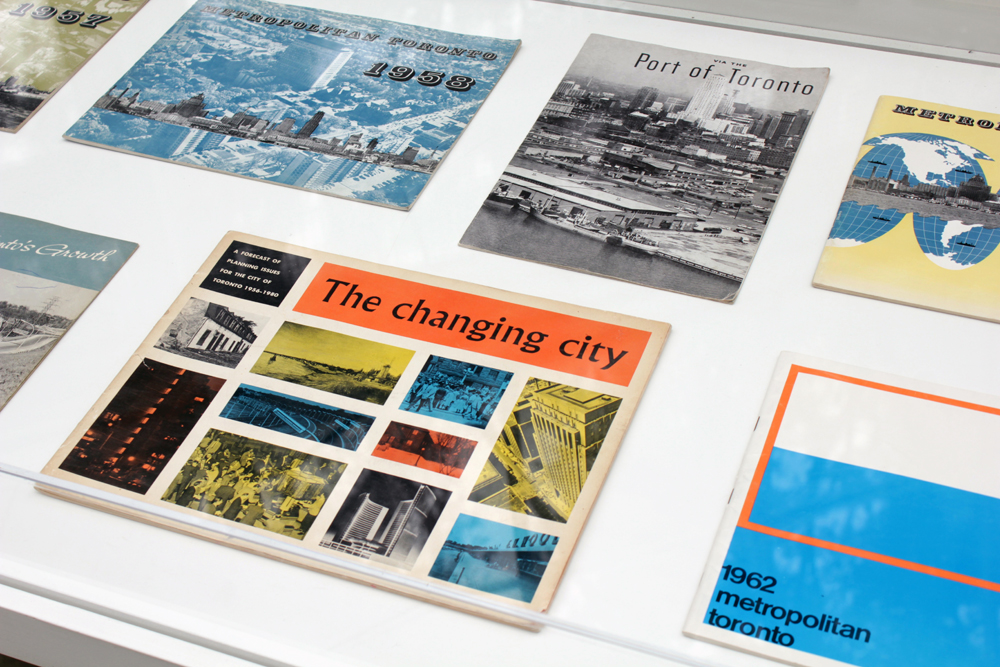Alumni Feature-Paula Imirzian Aug ’15
My work resides at the intersection of biotechnology and art as I investigate the body and its environment, with a focus at the molecular level. I am concerned with how we humans – as well as the organisms around us – can be manipulated and controlled at the cellular level without our full knowledge and perhaps changed beyond repair.
By relying upon information that is often diluted and diminished through mass media, our view of complicated scientific information is at best simplistic. The complex nature of science leaves us in a grey area of not having complete information about our world. Nevertheless, while we remain uninformed, amazing scientific advances take place. Perhaps some of these advances wouldn’t happen if we were truly informed? Or perhaps they might happen in ways that could be more productive or responsible?
Many artists influence and provide direction to my research and art: subRosa, Critical Art Ensemble, Anab Jain, and VCFA faculty Faith Wilding. Museum collections, medical imagery, historical writing as well as current writing from Richard Lewontin, Donna Haraway, and Evelyn Fox Keller provide perspective into scientific endeavors. I also review scientific research and collate articles to create notebooks (Lab Books) to track my research. As I do so, I am reminded that we aren’t so far removed from the eugenic practices of the past, as we proceed to categorize, and alter ourselves and our surroundings at a microscopic level. I am also aware of the difficulty of using art to critique and inform about science and medicine. With this in mind, I try to balance scientific intrigue with various artistic techniques to engage, attract, repel and enlighten.








